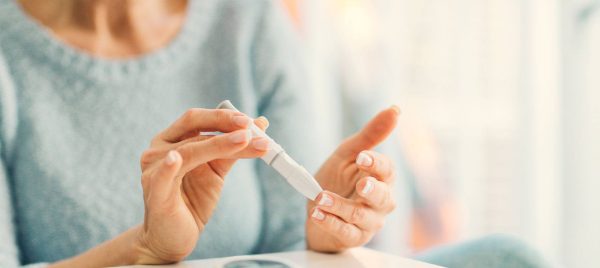4 Lifestyle Changes to Help Ease Overactive Bladder

Learn More About T2 Diabetes
July 30, 2018
Summer Heat and Diabetes
August 17, 2018Overactive Bladder (OAD), a common condition experienced by millions of Americans, is the sudden and uncontrollable urge to urinate. While medical and surgical treatments do exist, making changes in your everyday life can great improve symptoms and help provide relief.
Limit Caffeine and Alcohol
Caffeine and alcohol are both diuretics (they make you urinate more frequently) and stimulate bladder function. Excluding or cutting back on these troublemakers can often help to alleviate or completely resolve symptoms in those experiencing overactive bladder. Try taking a break from caffeine and alcohol for a couple of weeks and see if you notice any improvements!
Stay Hydrated
It may feel counterintuitive but water is the friend, not the enemy, when it comes to managing an overactive bladder. Dehydration causes urine to become more concentrated and consequently becomes more irritating to the bladder. Getting plenty of water each day makes urine more passable and less irritating. To avoid nighttime trips to the bathroom, make sure to slow or stop your water intake about 4 hours before you hit the hay.
Reduce Stress
The nerves in your brain are connected to the nerves in your bladder. Mental stress can lead to increased activity in the bladder and bowels, causing conditions such as overactive bladder and IBS. Anxiety over having bladder issues in the first place can just amplify the symptoms. Everyone’s path to relaxation and stress reduction is different but you can consider meditation, unwinding with your favorite activity or finding a therapist to talk to.
Exercise
Exercise that targets the pelvic floor muscles should be among your first line of defense in your quest to ease overactive bladder. Stronger muscles means a better ability to control your bladder symptoms. Kegel exercises are a popular choice. Simply tighten your pelvic floor muscles and then release. Repeat as desired. For a more active version, try combining with standing lunges.
Curious about more options?
Give us a call at 212-480-3333 to learn more about our current medical research and to see if you are eligible.


